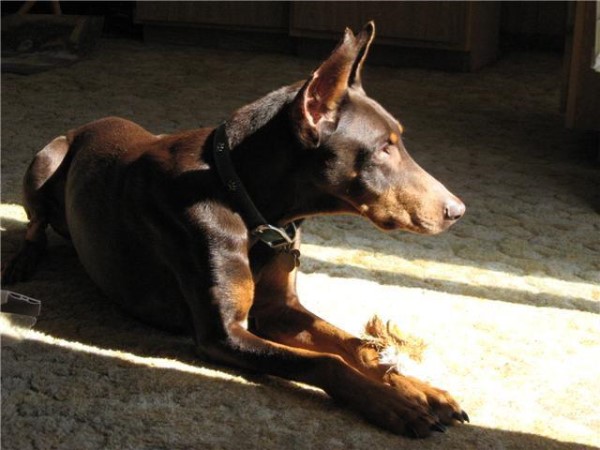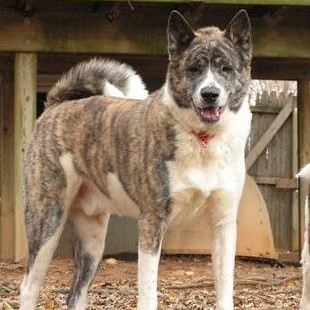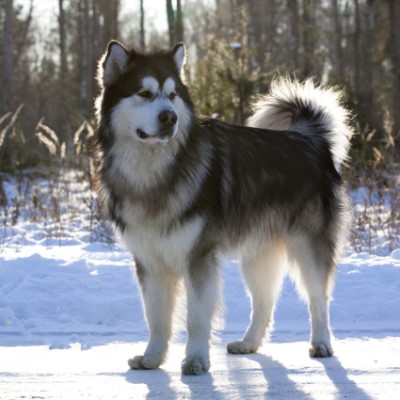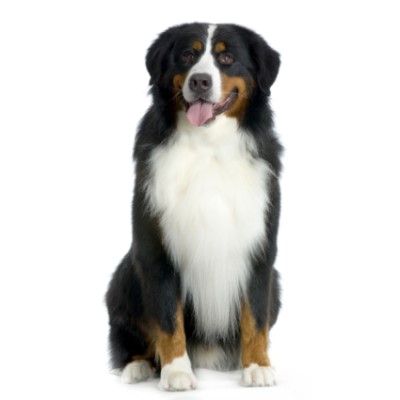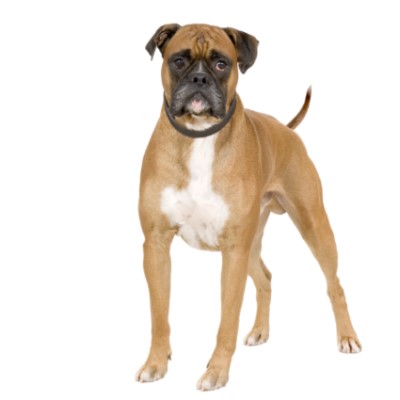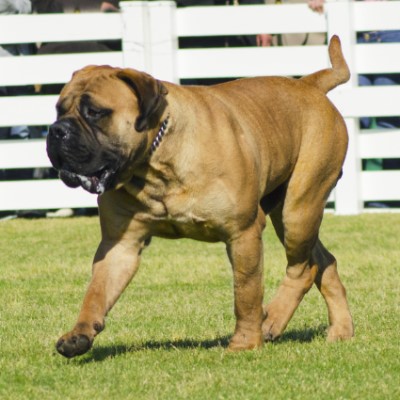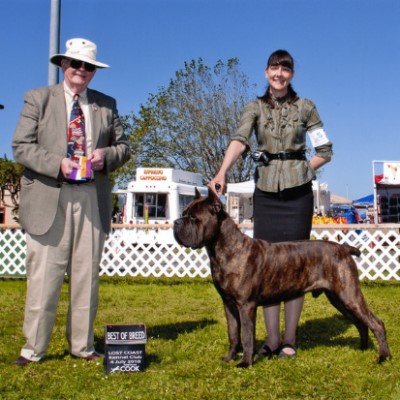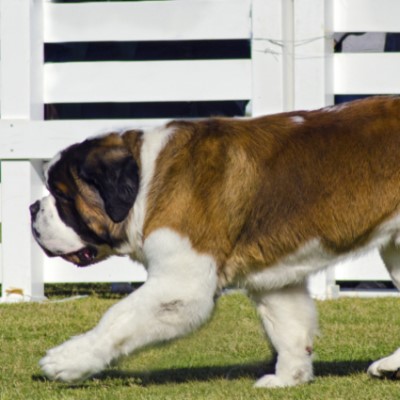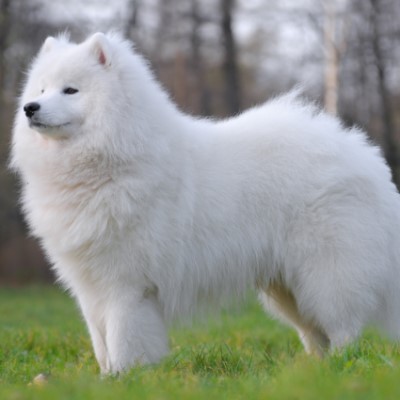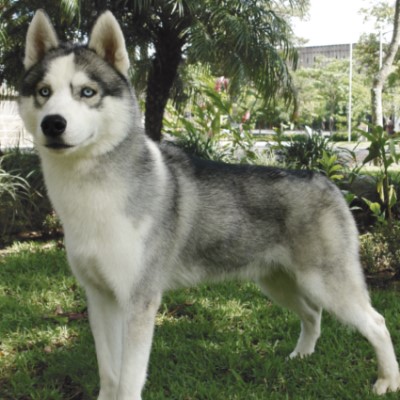Common Reasons for Surrender
The most common reason owners surrender Doberman Pinschers is they have no time for the dog and the dog needs more attention. If a Doberman is under-exercised and over-stimulated in her home, she will chew, bark, or create a nuisance with her pent up energy.
Pros
Dobermans are loyal to their owners. Even the rowdiest dogs will become favorites because, when trained properly, the dog respects, trusts, and loves the owner.
Cons
Dobermans like to control your actions and will lean on you or bump your arm to get you to respond to them. This is a big dog, which means big bags of food, big droppings in the yard, big crates, and big toys which can get to be expensive. The Doberman is a protective breed, so it is common to see a Doberman that is bored or not yet trained in obedience leap at the end of a leash or behind a fence and act like he’s going to attack.
Diet
A low carbohydrate, high protein dry dog food is good for the Doberman Pinscher. Look for protein in the first three ingredients—even Costco’s Kirkland dog food is a good brand. Dog biscuits and rawhides are good treats.
Exercise
 The Doberman is active and needs exercise, but even more than that he needs mental stimulation. Some Dobies have a higher need for exercise than others. A nice long walk every day and maybe some play time in the backyard suffices most Dobermans. If you’re hiking or running, that’s what they want to do because they love being with their families.
The Doberman is active and needs exercise, but even more than that he needs mental stimulation. Some Dobies have a higher need for exercise than others. A nice long walk every day and maybe some play time in the backyard suffices most Dobermans. If you’re hiking or running, that’s what they want to do because they love being with their families.
Possible Health Issues
Doberman Pinschers are prone to cardiomyopathy, which is not curable, and usually will die six months after it is discovered. They’re also prone to Wobblers Syndrome, a spinal disease which does not cause pain and is treatable. With meds, the Dobie can keep going for years.
Housing
A trained Doberman doesn’t usually jump a fence because she wants to be home with the people she loves. Dobermans can be at home in a condominium or a suburban home as long as they are exercised and have ample time with their people.
Grooming
Dobies clean themselves and at most need a bath when they get into something or get dirty.
Training
The Doberman needs dog obedience training and socialization at an early age so he does not become territorial and aggressive toward other people or dogs who visit the owners. If your Doberman tries to bump you or to coerce you into giving him attention, train him to stop that behavior. The best response in this situation is to ignore the dog, walk away, or give him a command such as, “Go to bed. Go to your room.” If the dog obeys and lies down in her place, you can pet her belly or scratch her ears. Otherwise, your dog will think she has the right to pester you to get attention.
Entertainment
Dobermans are not retrievers, but tug of war is popular. Some will go after a ball and carry it around.
We want to thank the nonprofit dog sanctuary Dobies and Little Paws for help with this profile.
